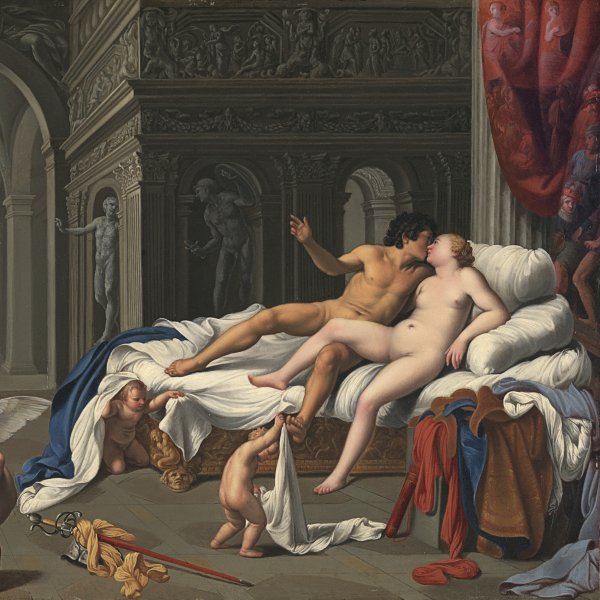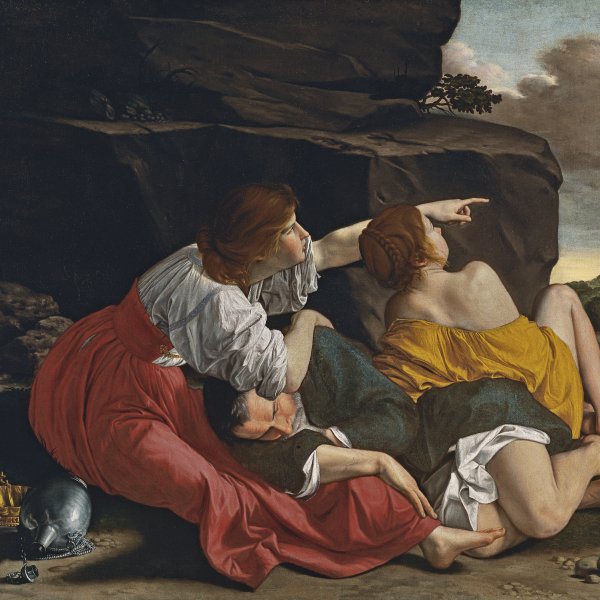Young Peasant with a Flask
From the mid-20th century onwards a series of articles and exhibitions helped to establish the life and artistic personality of this Roman painter. Tommaso Salini is known for his religious compositions, of which fine examples are to be found in Roman churches, but he also occupied an important position in the city as a genre and still-life painter, aspects of his career about which little was known until recently but which are now considered among the most interesting facets of this painter. Giovanni Baglione, who may have been Salini’s teacher and who is one of the sources of information on his life, described him as a painter of flower compositions and other still lifes. Works of this type by Salini are recorded in the inventories of the Ludovisi collection and that of Cardinal Francesco Maria del Monte.
The present canvas was first attributed to Salini by Federico Zeri on the basis of a comparison between the still life that appears in the foreground of this composition and the only known signed and dated still life by Salini, now in a private collection in Zurich. The principal element in the present still life is a large cabbage, positioned in the centre among a group of these vegetables, in addition to other fruit and vegetables, a wicker basket and insects. The similarity between the brushstroke and treatment of the still life elements in this work and in the Zurich painting was noted by Zeri, who thus considered this painting to constitute a new subject within the artist’s oeuvre.
The influence of Caravaggio is evident in Salini’s painting in the lighting, the choice of setting and background and the type of figure that recalls those to be seen in Caravaggio’s earliest genre paintings. The powerful, dynamic depiction of the cabbages, which are arranged parallel to the lower edge of the painting, has been noted. In contrast, the draughtsmanship is slightly harsh, as is the modelling of the shadows that create the notably geometrical forms of the young man’s head and body. Various authors have noted the similarity between this figure and others by Michelangelo Cerquozzi, suggesting that the two artists may have collaborated at some point. A comparable figure by Cerquozzi, for example, is the young man in his canvas Boys collecting Fruit in the Museo Nacional del Prado, Madrid. That figure is depicted full-length but aside from that difference, the face, tilt of the head, facial features, half-smile and open shirt revealing part of his shoulder and torso are all clearly similar to the present boy. Attention has also been drawn to the parallels between the present boy and a figure of Bacchus attributed to the Master of the Acquavella Still Life. Depicted more than half-length, Bacchus is crowned with vine leaves and lifts up a bunch of grapes that occupies a very similar position to the flask in the present painting.
Young Peasant with a Flask entered the Thyssen-Bornemisza collection in 1977. The painting was formerly in the Salavin collection in Paris.
Mar Borobia










